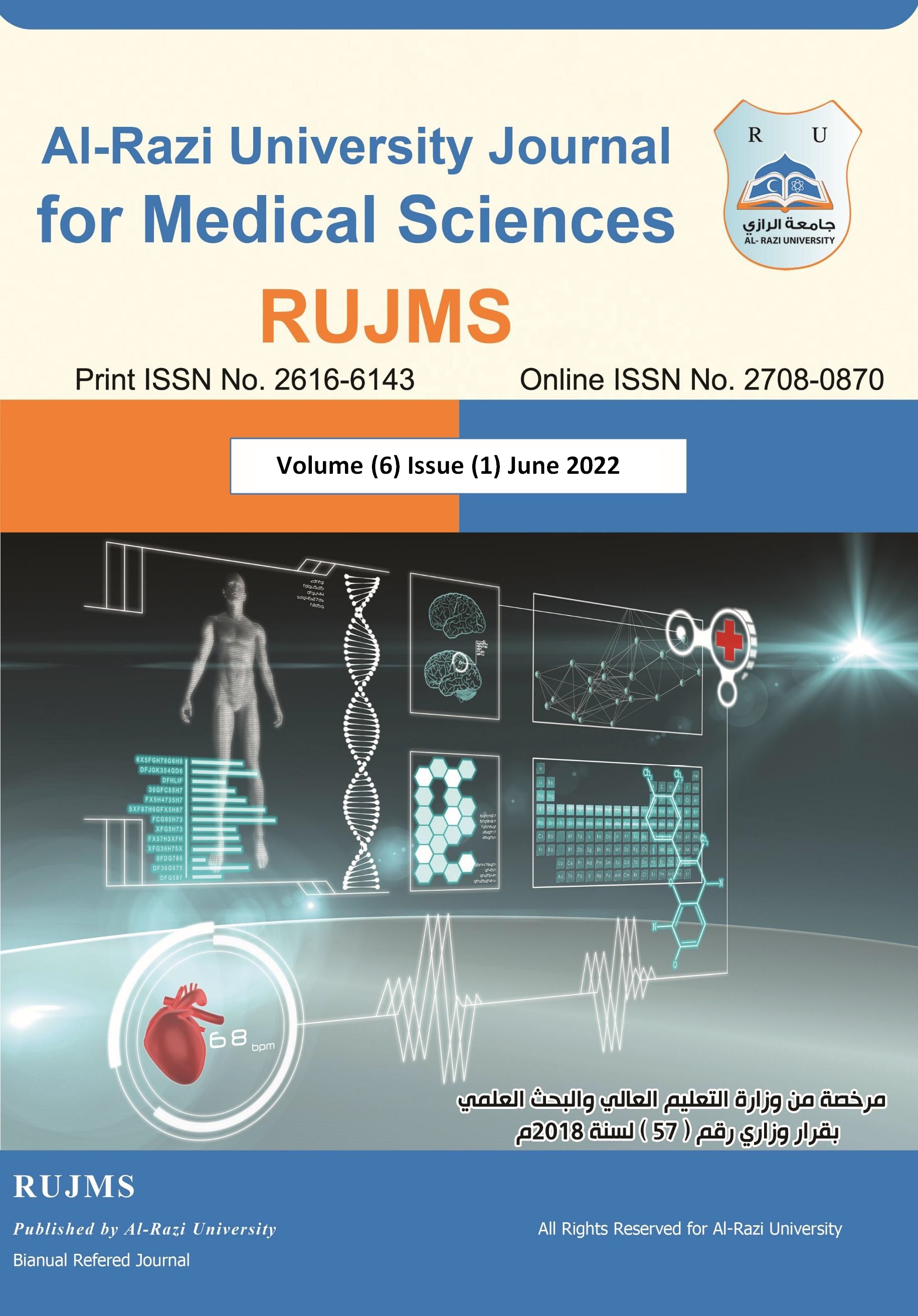“A comparative Study of Feto-Maternal Outcome Among Preterm Primigravida and Multigravida Attending Al Sabeen Hospital, Sana’a City–Yemen”
Abstract
Background: Preterm labor, defined as birth occurring prior to 37 weeks gestation, is a serious obstetric problem, and it is associated with significant neonatal morbidity and mortality.
Objective: To determine Feto-Maternal outcome among Primigravida and Multigravida Attending Al Sabeen Hospital, Sana’a –Yemen.
Patients and methods: A retrospective observational registry was conducted at the maternity unit of Al Sabeen Maternity and Childhood Hospital Sana'a City, Yemen during a period 1st January 2021 till 30th June 2021. All consecutive patients were included for the study and data were collected from record book of labour room and discharge book from statistic department.
Results: The prevalence of preterm labor was 6.4% at the maternity unit of Al Sabeen Maternity and Childhood Hospital Sana'a, Yemen during six months. Incidence of spontaneous preterm labor was 42.8%. Median age of primiparous was 20 (16-40) years, and median age of multiparous pegnancies was 28 (20-45) years. Majority (48.5%) of primiparous belonged to age group (20-25) years, while majority of multiparous (34.2%) belonged to age group (> 30) years. Only 9.1% pegnancies were multiple pregnant. The most common causes of preterm labor were abnormal amniotic fluid volume in (34.7%), pregnancy induced hypertension in (14.8%), placental abnormalities in (8.1%), placental Previa in (4.4%) and polyhydramnios in (3%). Median primiparous and multiparous infant birth weight were 1.8 (0.9-3.1) and 1.7 (0.8-3.1) kg respectively. There were significant differences between primiparous & multiparous groups in age, and educational level and outcome of fetal gender. Fetal of maternal who belonged to age groups (< 20) and (20-25) years, cesarean section, and multiple pregnancies were at 2.8, 3.3, 2, and 6 times higher risk of death.
Conclusion and Recommendations: The prevalence of preterm labor was high at the maternity unit of Al Sabeen Maternity and Childhood Hospital Sana'a, Yemen. Compared with multiparous group, primiparous group showed significant lower age, and higher level of education. Lower maternal age, cesarean section and PET were independent predictors of fetal mortality among preterm labor pregnancies. Women should be educated and counselled about preterm labor so that they can seek proper medical care to avoid adverse pregnancy outcomes in future and they should have access to good quality antenatal care.

